From static classicism to hellenistic dynamism VI Hellenistic vigour-Alexander's funeral hearse and sarcophagus.
Alexander died prematurely at the age of 32 in 323 BC, he left uncertainty and confusion. Starting from uncertain causes of his death to the foggy record of transporting his body - there are more questions than answers. Due to the lack of a legitimate heir and the quarrels between political leaders, the empire remained in a state of suspension (Erskine2002: 167). The construction of the funeral car took two years, while the embalmed body was waiting for burials.
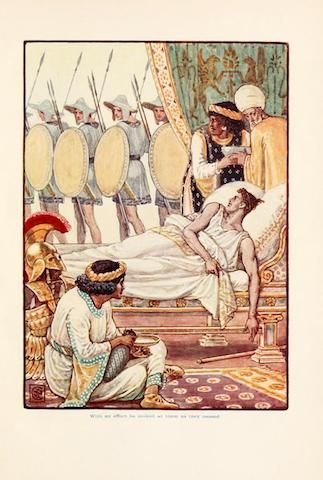
Walter Crane - The story of Greece : told to boys and girls (191-?) by Macgregor, Mary Author: Walter Crane License:Public Domain
The extensive report on the journey of the hearse from Babylon, where Alexander died, to Alexandria in Egypt, is provided by Diodorus Siculus in the elaboration of Bibliotheca Historia (part IV). The place of burial remained the subject of lively discussion: according to the Macedonian tradition, the body had to be transported to Vergina in Macedonia, but Alexander expressed his wish to rest in the Egyptian oasis Siwah - the place where he was recognized as the son of Zeus Ammon himself. Olga Palagia (2000: 170) suggests that the intention was to move the imperial capital to Alexandria.
According to Elian Claudius, the Egyptian ruler, despite the difficulties that could arise from the huge size of the hearse, kidnapped the body, after which Perdiccas, one of Alexander’s generals, made an unsuccessful attempt to invade Egypt (Elian Claudius, Varia Historia). Diodor also provides a detailed description of Alexander’s funeral hearse, probably based on the works of the contemporary to Alexander historian Hieronymus of Cardia.
The carriage housed a 6-by-4-meter treasury supported by a peristyle, and the corners of the vehicle were equipped with bells to signal an oncoming vehicle. In addition, on each corner stood a tropaion with a golden Nike statue. The entrance was guarded by golden lions, and the interior vault was lined with scarlet fabric. The vehicle moved on two axles, lifted by four wheels each. Wheel rims were gold-plated and iron hoops (Diodorus Siculus: 18:27).
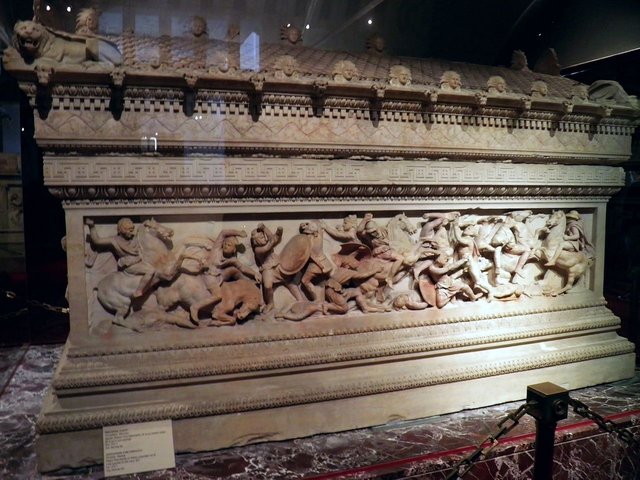
Alexander Sarcophagus, Long Side A, Istanbul Archaeology Museum, Author: Carole Raddato License:CC BY-SA 2.0
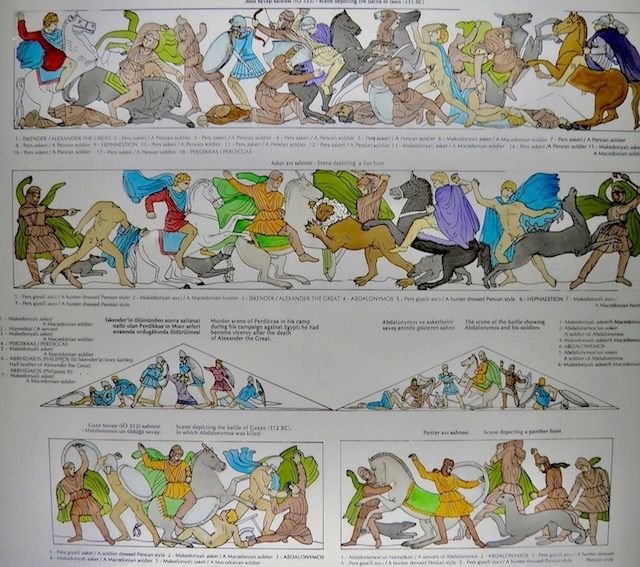
Color reconstruction of the Alexander Sarcophagus, Istanbul Archaeology Museum, Author: Carole Raddato License:CC BY-SA 2.0
References
Images: sources linked below
Photo: @highonthehog
Palagia, O., Hephaestion’s Pyre and the Royal Hunt of Alexander, Oxford University Press, Oxford, 2000
Erskine, A., Life after Death: Alexandria and the Body of Alexander Greece & Rome 49, no. 2, 2002
The Library of History of Diodorus Siculus of the Loeb Classical Library edition, 1963
Claudius Aelianius, Varia Historia, Book XII, chapter 7
An English Translation of Claudius Aelianus' Varia Historia, Studies in Classics; V. 2, 1997Papuci-Władyka, E., Sztuka starożytnej grecji, Wydawnictwo Naukowe PWN SA, Warszawa, 2001
Stewart, A., Greek Sculpture: An Exploration, Volume I: Text, Yale University Press, New Haven, 1991
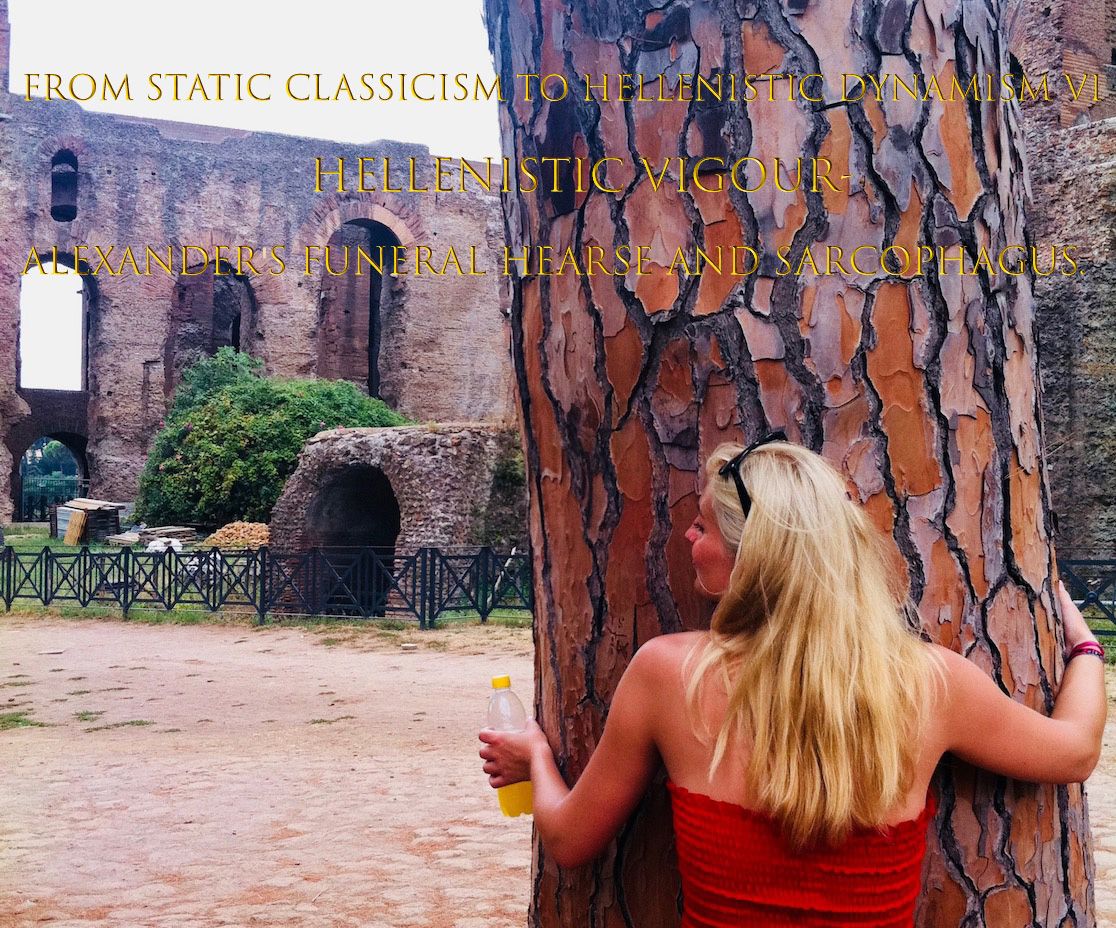
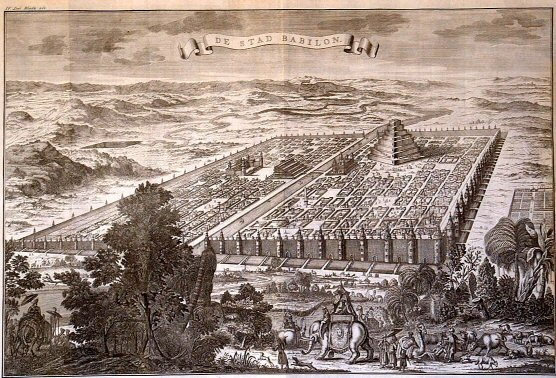
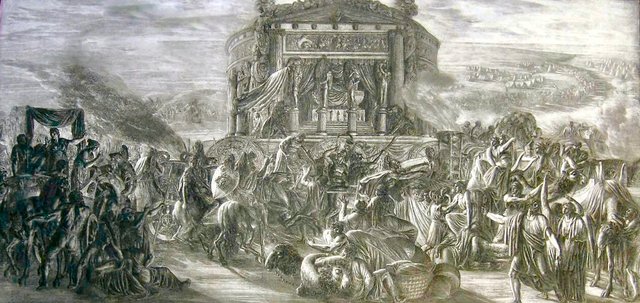

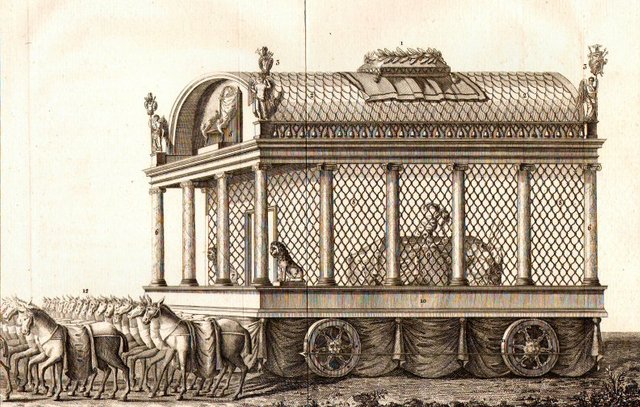
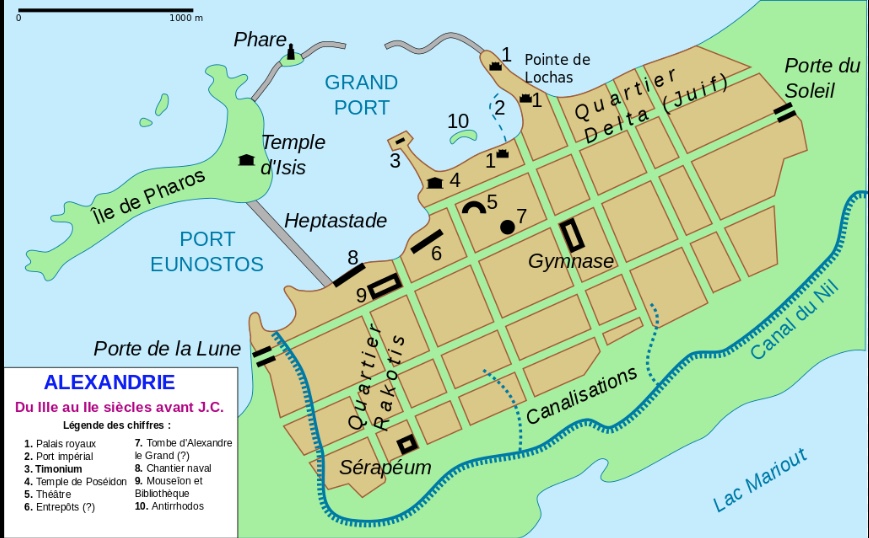
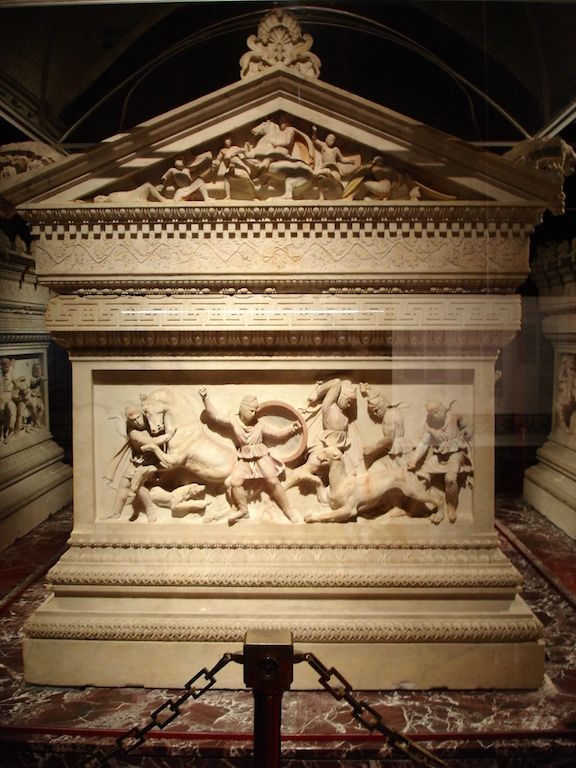)
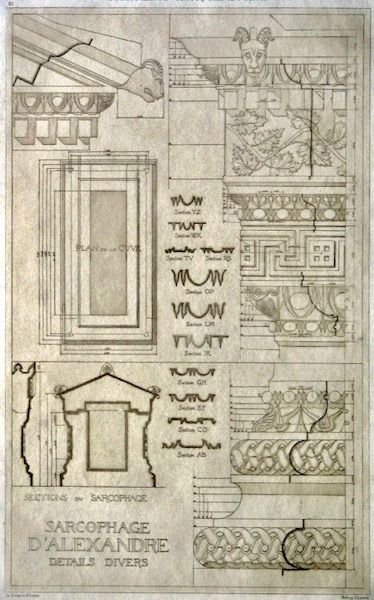
Hi @highonthehog
I like reading your story in history
Thank for sharing
great post
Hi there, thanks :)
Welcome
Do post about Alexander In India Sometime. I believe he spent some time here. .kicking asses of local kings :P
I'm actually preparing one about the influence on the middle east.